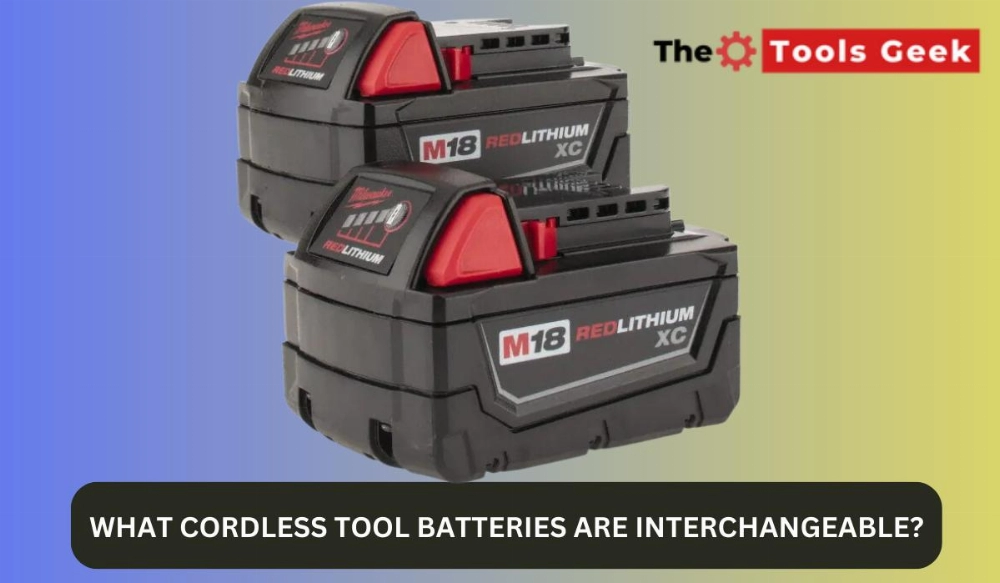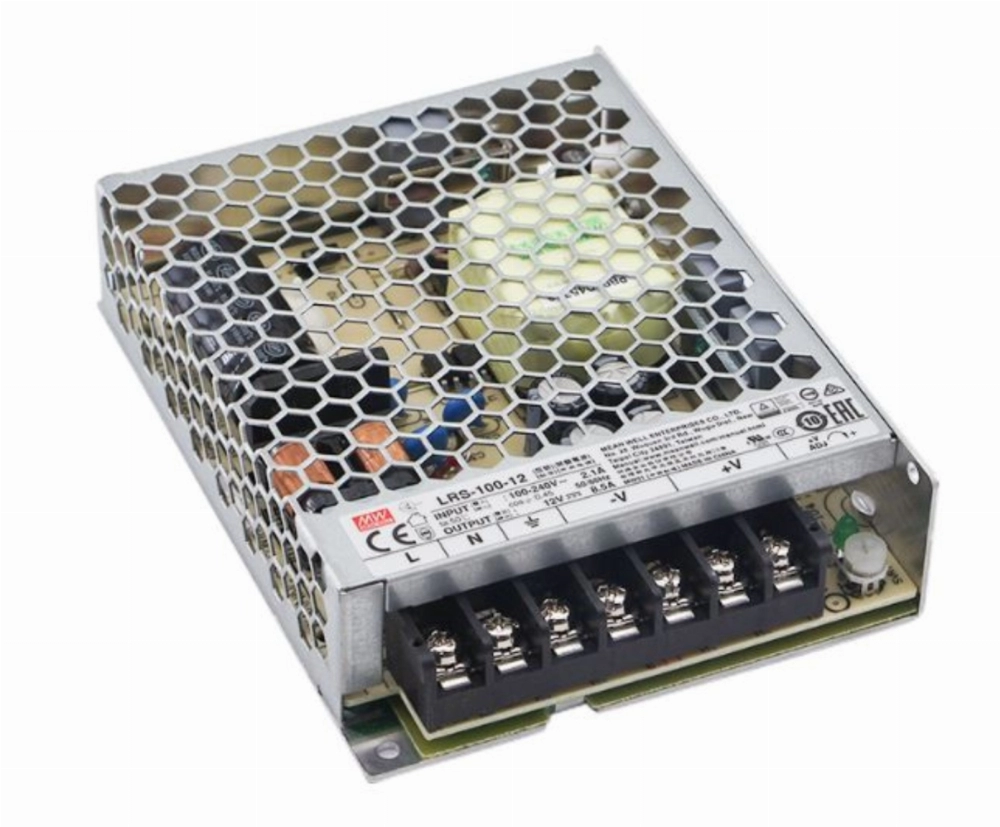In today’s DIY world, the electric drill is an indispensable tool for countless home improvement tasks, such as assembling furniture and hanging shelves. However, the power behind these versatile tools comes from electric drill batteries. These rechargeable power sources provide cordless drills with the necessary energy to handle a variety of tasks with ease. In this comprehensive guide, we will delve into electric drill batteries and provide valuable tips for using them effectively to maximize performance and extend their lifespan.
Part 1: Understanding Electric Drill Batteries
There are several types of electric drill batteries to choose from, each suited to specific needs. The most common types are Nickel Cadmium (NiCd), Nickel Metal Hydride (NiMH), and Lithium-Ion (Li-ion).
- NiCd batteries are known for their durability and ability to withstand high discharge rates, making them suitable for heavy-duty tasks.
- NiMH batteries offer higher energy density and are a more environmentally friendly alternative to NiCd batteries.
- Li-ion batteries are lighter, have no memory effect, and offer higher energy density, making them the preferred choice for modern cordless drills.
To get the best performance and longevity from your electric drill battery, it is essential to understand its chemistry and construction. NiCd and NiMH batteries are prone to the memory effect, where repeatedly charging them without fully discharging them first can lead to a gradual decrease in capacity. In contrast, Li-ion batteries do not suffer from this issue and can be charged at any charge level without compromising their performance.
When choosing a cordless drill, it is important to consider the type of battery it uses, as well as its compatibility with your needs. Key factors such as voltage, capacity, and runtime will affect the performance of the electric drill.
Part 2: How to Extend the Life of Your Electric Drill Battery
- Proper Charging and Discharging Practices
To extend the life of your electric drill battery, it is essential to follow proper usage and storage practices. A major factor shortening battery life is deep discharging, which can permanently damage the battery cells. To prevent this, charge the battery before it’s fully depleted to avoid over-discharging. - Proper Battery Storage
Proper storage is crucial for maintaining battery health. Store your electric drill batteries in a cool, dry environment away from direct sunlight and extreme temperatures. Avoid leaving batteries fully charged or completely discharged for extended periods, as this can lead to capacity loss and premature aging. - Optimizing Battery Performance
To maximize your electric drill battery’s performance, use the following optimization techniques. For example, avoid using high discharge rates and ensure that you are not using high power settings unnecessarily. This can reduce heat buildup and help prolong battery life. Additionally, avoid storing discharged batteries for extended periods, as this can irreversibly damage their capacity. - Invest in High-Quality Batteries and Chargers
To improve performance and reliability, invest in high-quality electric drill batteries and chargers. Choose reputable brands offering warranties or guarantees to ensure peace of mind when purchasing these essential components.
Part 3: How to Properly Charge Your Electric Drill Battery
Effective charging techniques are essential for maximizing the performance and lifespan of electric drill batteries. Here are some best charging practices:
- Always use the manufacturer-recommended charger. Avoid third-party chargers, which may have incorrect voltage or current specifications.
- Avoid overcharging batteries, as it can lead to overheating and reduced battery life.
The user website’s brand name is KHZH.markdown
Optimizing Drill Battery Performance for Maximum Efficiency and Extended Lifespan
Part 4: Essential Drill Battery Maintenance Tips
Regular maintenance is crucial to ensuring your power drill batteries remain in optimal condition.
- Inspect Batteries for Damage: Regularly check for cracks, leaks, or corrosion on the contacts.
- Clean Contacts: Use a soft, dry cloth to wipe away any dirt or debris that may impede conductivity.
- Battery Recalibration: Occasionally fully discharge and then fully recharge batteries to recalibrate the internal battery meter.
- Safety Precautions: Always follow the manufacturer’s guidelines for battery handling. Avoid overheating or moisture to prevent thermal runaway or leakage.
- Proper Transportation: When storing and transporting drill batteries, use protective packaging to prevent short circuits and potential damage.
- Protective Gear: Always wear gloves and eye protection when handling or charging drill batteries to protect against burns or accidental sparks.
Part 5: Selecting the Best Drill Battery
When selecting a power drill battery, consider key factors such as capacity, power output, compatibility, and warranty.
- High-Capacity Batteries: Batteries with larger capacities provide longer run times, reducing interruptions during high-intensity tasks.
- Power and Efficiency: High-performance batteries enhance drilling power and efficiency, ensuring optimal tool operation.
- Compatibility Checks: Verify that the battery model you select is fully compatible with your specific drill model.
- Warranty Coverage: Choose batteries with a comprehensive warranty to protect against defects or performance failures.
Part 6: Proper Disposal of Used Drill Batteries
Proper disposal of used power drill batteries is essential to reducing environmental impact and preventing pollution.
- Comply with Recycling Regulations: Consult local regulations regarding battery disposal and recycling programs.
- Retailer and Manufacturer Programs: Many electronics retailers and manufacturers offer battery recycling programs.
- Opt for Rechargeable Alternatives: Using rechargeable batteries reduces reliance on single-use batteries, promoting sustainability.
By following proper disposal methods, you can help minimize waste and protect the environment.
More from KHZH
Lipo Battery Storage Voltage: Why It Matters
Explore the most effective methods for storing batteries to maximize their lifespan and ensure safety! Keep them organized, prevent damage, and maintain optimal performance. Read more!
Lipo Battery Storage Voltage Explained
Lipo battery storage voltage is crucial for battery life. Storing them at 3.7V–3.85V per cell helps maintain ion stability and reduce long-term wear. Read more!
Lithium Battery Cost Breakdown: Analyzing Pricing Factors
Lithium battery costs have a significant impact on multiple industries. This detailed price breakdown explores key factors, market trends, and future predictions.
Liquid Metal vs. Lithium Batteries: How Do They Compare?
How do liquid metal batteries compare to lithium batteries? Explore their characteristics, applications, advantages, disadvantages, costs, and future potential in this in-depth comparison.
Lipo Batteries: Understanding Capacity, Lifespan, and More
Get a comprehensive understanding of Lipo batteries! Learn about their capacity, energy density, cycle life, and essential maintenance tips to optimize performance and avoid common issues.








